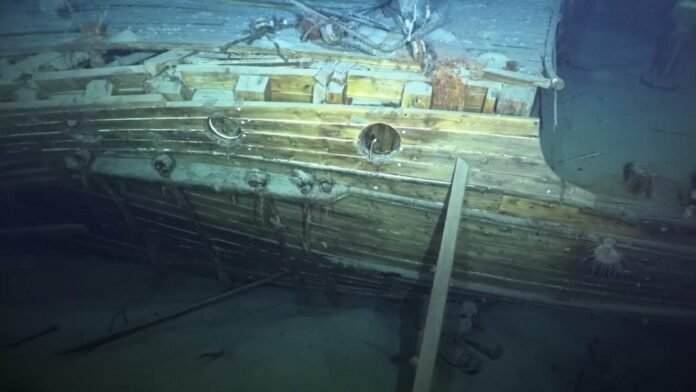Adding 1,000 meters to a safeguard boundary seems like overkill. But not when talking about Endurance—widely considered the world’s most famous shipwreck. It sank in 1915 during an ill-fated Antarctic expedition led by British explorer Sir Ernest Shackleton and now sits at the bottom of the Weddell Sea. Antarctica New Zealand has Expanded the 1500-meter radius around the site, which already kept out fishermen and tourists, to three times that size, or nearly one mile.
New Conservation Management Plan Expanded
The expansion is part of a newly published conservation management plan (CMP). The current regulations prohibit anyone from retrieving or touching objects within the protected zone, requiring everything to remain in situ. The updated perimeter acknowledges that debris from Endurance, including crew belongings, may be scattered across a larger area of the ocean floor than previously thought. The ship lies 3,000 meters deep in the Weddell Sea.
Challenges and Risks Expanded
Camilla Nichol, the chief executive of the UK Antarctic Heritage Trust, which developed the CMP in partnership with Historic England, explained that Endurance is very well protected where it is now, given its remoteness, depth, and a near-permanent cover of sea-ice. However, considerable risks remain, prompting international efforts to ensure the wreck remains undisturbed for its preservation long into the future.
Historical Significance and Discovery
Endurance symbolizes the Heroic Age of Antarctic exploration, and its story has captured the world for decades. The ship was lost when it became trapped and holed by thick Antarctic sea ice. Shackleton’s subsequent rescue of all his men is legendary. The discovery of Endurance on the ocean floor in March 2022 was sensational, as it had been considered one of the most challenging wrecks to locate globally.
Future Access and Preservation Efforts
Only a few experts can visit Endurance, but this may change as the world warms and polar ice retreats, increasing opportunities to access the wreck. Advances in deep-diving technologies raise concerns about potential looting or damage from submersible operations. Additionally, increased fishing in the Weddell Sea poses a risk of trawlers’ discarded gear entangling in the wreck.
Timeline of the Endurance Expedition
December 1914: Endurance departs South Georgia.
February 1915: Ship becomes thoroughly ice-locked.
October 1915: The vessel’s timbers start breaking.
November 1915: Endurance disappears under the ice.
April 1916: Escaping crew reaches Elephant Island.
May 1916: Shackleton goes to South Georgia for help.
August 1916: A relief ship arrives at Elephant Island.
Future Designation and Protection Measures
The CMP, approved by nations party to the Antarctic Treaty System, outlines how these threats can be mitigated. An initial step is the agreement from cruise ship owners to avoid the Endurance zone. Future steps may include elevating the wreck’s protection status. Currently designated as a Historic Site and Monument (HSM), Endurance could be reclassified as an Antarctic Specially Protected Area (ASPA), subjecting visit plans to rigorous review and requiring specific permits.
Unique Protection Status
An ASPA designation for Endurance would be unprecedented. “It would be unique. There’s never been an ASPA of this sort before,” said Camilla Nichol. This could set a precedent for other wrecks in the Antarctic, which are more accessible than Endurance.
Marine Biological Significance
When located on the seafloor, Endurance was in excellent condition, with pristine timbers and an intact basic structure. Marine biologists are eager to study further the fascinating array of filter-feeding animals like sponges, sea anemones, sea lilies, and starfish that cover the wreck, forming an artificial reef.


